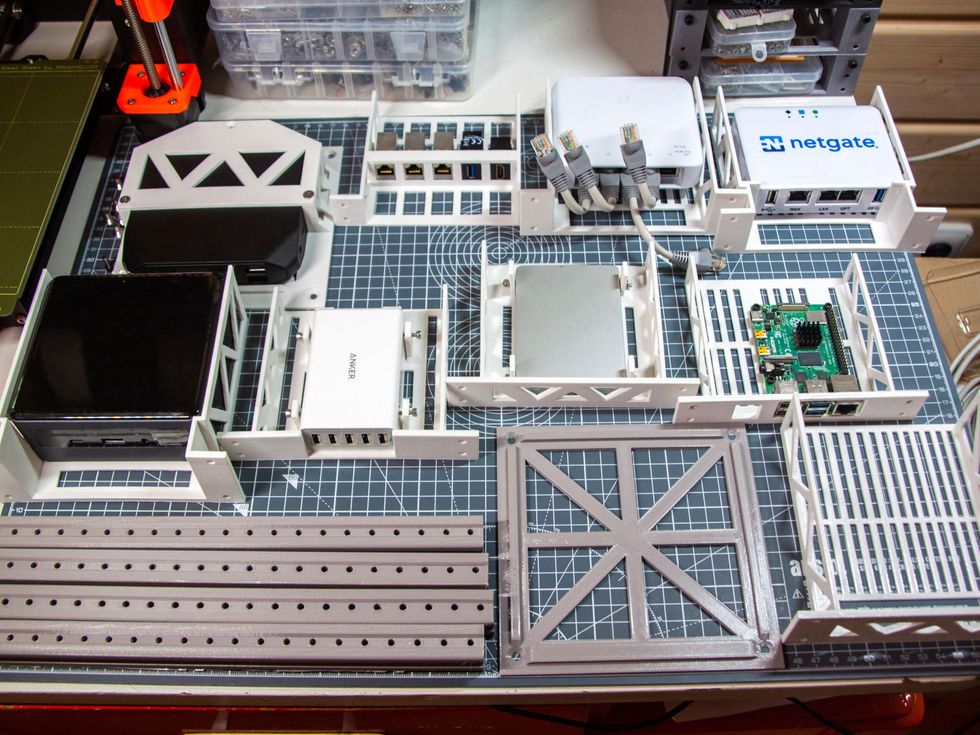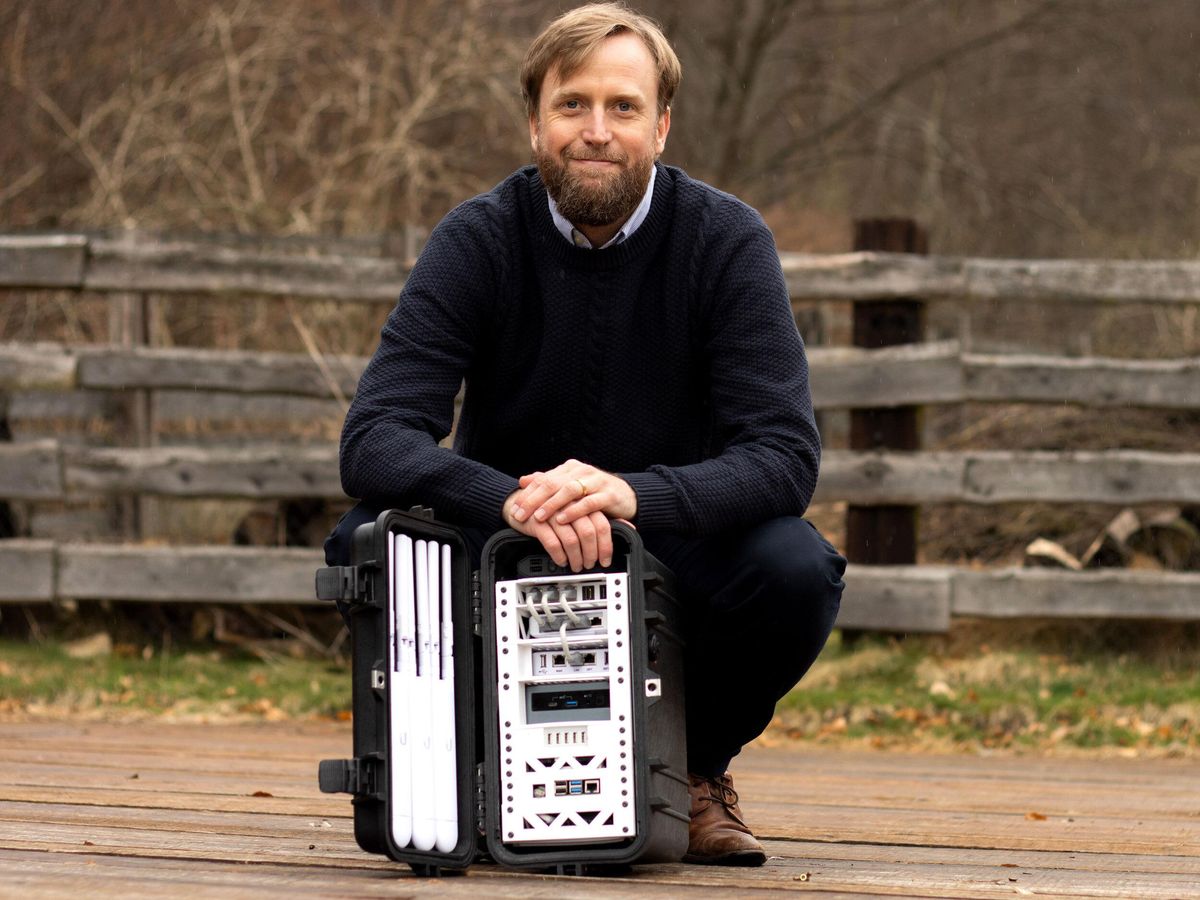For many of us, the Internet is part of daily life. But that’s not the case for more than 3.5 billion people around the world who don’t have meaningful access to it, according to a Brookings Institution report, “Bridging the Global Digital Divide.” There are many reasons for the divide, including affordability, the lack of digital literacy, and the absence of relevant content and services in local languages.
Last year the IEEE Future Networks initiative ran the inaugural IEEE Connecting the Unconnected Challenge to seek out innovative projects and ideas aimed at increasing connectivity. It solicited early-stage projects that have already been piloted but not yet widely deployed, plus theoretical concepts that have potential. The entries were judged on their technical ability to improve Internet access, the strength of their business model for making access more affordable, and the likelihood that the community would adopt their solution.
More than 250 academics, companies, nonprofit organizations, individuals, and students from 69 countries entered the contest. Eleven winners were selected, and US $60,000 in cash prizes was awarded. Funding came from the IEEE New Initiatives Committee as well as sponsors including Cenerva, Intelsat, Meta, Microsoft, and VMware.
Based on the strong response last year, IEEE Future Networks plans to make the challenge an annual program. The submission portal for this year is due to open soon.
Last year’s winning projects were presented at the Connecting the Unconnected Summit, a virtual event held in November. First place in the best overall proof-of-concept category went to social enterprise startup Wakoma for the Nimble, an open-source, portable, wireless mesh network system that communities can build and deploy locally.
Wireless mesh networks connect large areas inexpensively by using radio nodes—access points, or routers—which connect to each other in a mesh topology. The resilient networks can share a backhaul connection.

“There aren’t a lot of resources out there that show people how to build a network without spending a ton of money,” says the startup’s founder, Eric Nitschke. “The goal is to enable communities to quickly build a low-cost, low-power, and yet still portable network that meets their own connectivity and education needs.”
When a Nimble is deployed, users can conduct video and voice chats, stream videos, share files, build and run e-learning courses and websites, create shared spreadsheets and documents, read e-books, play games, and more, completely offline.
“If it’s open-source software, there’s a good chance we can bring it into the platform and run it offline,” Nitschke says. When an Internet connection does become available, it can be plugged into the Nimble to provide access to anyone already connected within the mesh.
Community networks can cover a village, a city, or entire regions, offering cheaper and more reliable connectivity than existing operators. The web of wireless nodes is resilient to the failure of individual nodes, Nitschke says.
The Wakoma team operates out of four countries and supports Nimbles in Canada, the Czech Republic, South Africa and the United States, with upcoming deployments planned in India, Kenya, and Mexico.
“There’s a rapidly growing movement of community-based networks around the world working on bringing more people online,” Nitschke says. “Many of these networks are planned, designed, built, and operated by the community and local partners. Our team is accelerating this with localized open-source hardware and software and capacity building.”
HARDWARE AND SOFTWARE
The Nimble includes small form-factor networking hardware housed in a weatherproof case. The entire system runs on less than 100 watts of power and can handle thousands of users.
“We want to make it easy for communities to bring their own hardware and add it to their Nimble,” Nitschke says. “For example, if they have a small server already we can quickly 3D-design a shelf for it that can be printed locally.”
The open-source designs and specifications are available on the company’s website and on Printables.
For those without access to a 3D printer, Wakoma partners with facilities that do, such as universities and makerspaces and fablabs, which can print and ship the components.
IEEE Announces First Winners of Connecting the Unconnected Challenge, a New Competition Providing...www.youtube.com
“About 60 percent to 80 percent of humanitarian funding is spent on logistics and supply-chain activities,” Nitschke says. “Distributed manufacturing of Nimble units can significantly reduce the cost and speed of production and make us less reliant on international supply chains.”
The software that powers the Nimble is Lokal, an open-source platform also designed by Wakoma.
“Since it’s open, you can run really whatever you want on the server,” Nitschke says, “but we’re building Lokal specially with and for underserved communities.”
MEETING NEEDS
One reason communities don’t access the Internet, he says, is because they can’t find entertaining, educational, or otherwise valuable content in their language. And they often don’t have the equipment, skills, or money to create their own content. The Nimble lets them curate content they want to be made available, or Wakoma can do so.
“For example,” Nitschke says, “if an NGO or local group has its own videos, photos, stories, or audio clips, they can upload those so the community can access them even when the Internet is not available.”
“Our team is working on making it easier for users to control who gets access to which content and services, which are sometimes sacred and sensitive.”
“The goal is to enable communities to quickly build a low-cost, low-power, and yet still portable network that meets their own connectivity and education needs.”
Wakoma has partnered with Violence Prevention Through Urban Upgrading in South Africa to start a wireless community network operating in townships and informal settlements around Cape Town. VPUU works to transform low-income neighborhoods into safer, more sustainable communities. The 10-Gbps network is now one of the largest community-based networks in South Africa, with more than 100 hotspots and 60,000 unique users. VPUU is building several Nimble V-BOXunits to seed the network in new settlements, Nitschke says.
Wakoma also worked with the DigitalNWT team and rural Indigenous communities in Canada’s Northwest Territories to design curriculum and Nimble hardware for improving digital literacy training. Sixteen Nimble units have been built by community “clusters” for delivering mobile training workshops and establishing networks.
The price of a Nimble ranges from $500 to $2,000, depending on what hardware and components are selected.
Nitschke says the competition’s $10,000 prize money will enable his team to develop Nimble models that are smaller and less expensive, as well as add-on kits for activities such as offline Internet of Things,live broadcasting and e-learning classes within a network, and LEO connectivity.
“Our team is very grateful for this prize and IEEE support,” he says. “We’re already putting it toward empowering underserved communities to connect themselves in ways they find relevant and meaningful.”
Access to the Connecting the Unconnected Summit portal is still open. It contains keynote talks from experts on the digital divide as well as panel discussions on network infrastructure, Internet policy, and more.
Kathy Pretz is editor in chief for The Institute, which covers all aspects of IEEE, its members, and the technology they're involved in. She has a bachelor's degree in applied communication from Rider University, in Lawrenceville, N.J., and holds a master's degree in corporate and public communication from Monmouth University, in West Long Branch, N.J.



